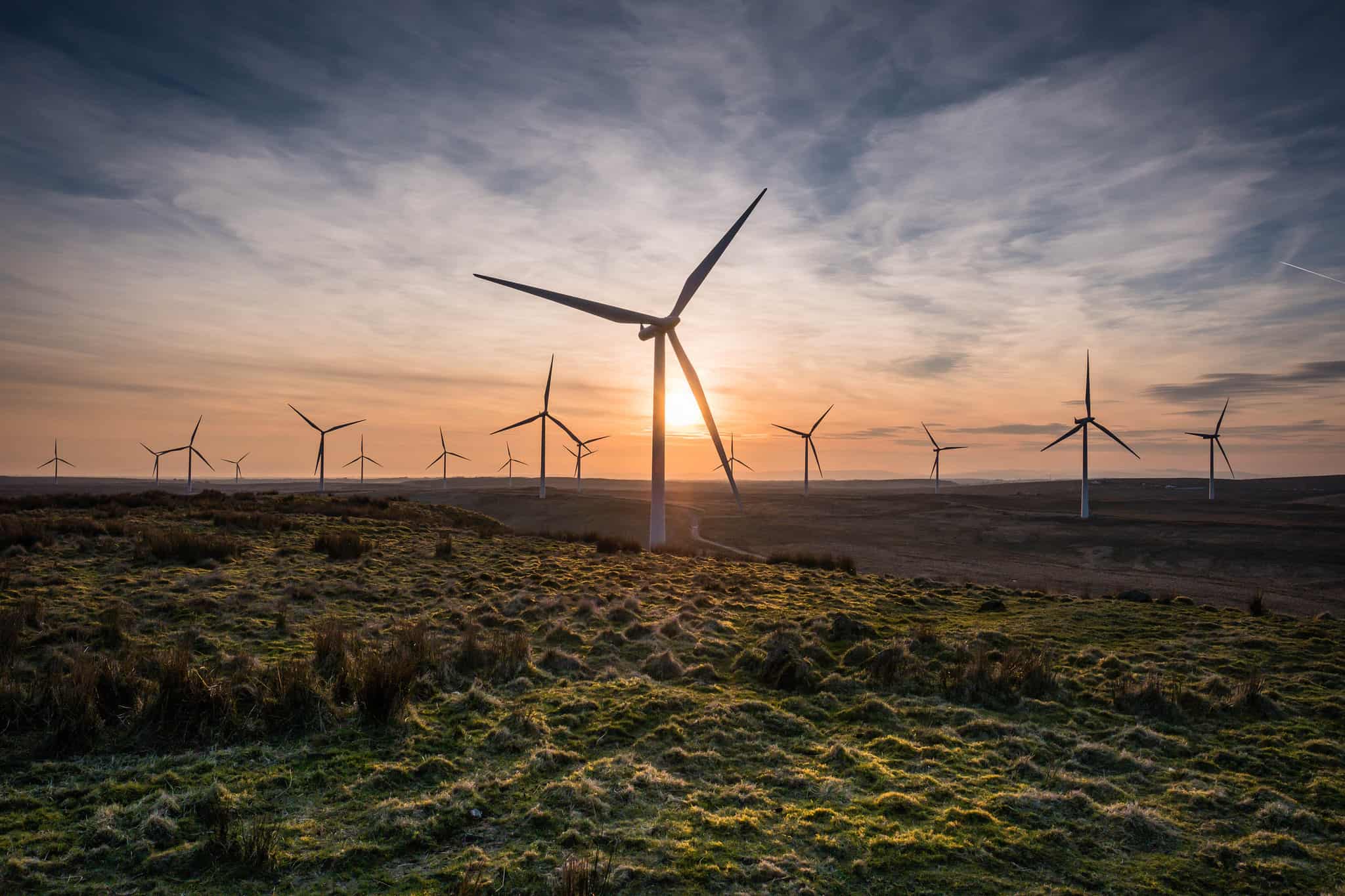
It is claimed that a total of £6bn will be spent between 2018 and 2022, with 40 per cent invested in new wind generation, 42 per cent going towards smart networks, and 15 per cent on new products and services for its customers. This will include a new public EV charging business, with installations set to get underway in 2019. There are also plans for a 50MW battery storage facility at ScottishPower’s Whitelee site, home to the UK’s largest onshore windfarm.
The company - a subsidiary of Spanish utility giant Iberdrola - sold its thermal and hydro generation assets to Drax in October 2018. Its generation now comes exclusively via wind power, though ScottishPower’s retail customers continue to get a mix of green and non-green energy, with gas and coal-fired power bought from other sources.
"Consumers want and need access to reliable, clean and affordable energy,” said ScottishPower CEO, Keith Anderson. “That is what ScottishPower is focused on delivering and as long as government climate change commitments stay firm, with sensible policies to support them, this investment will continue.

"Now that we have sold our gas power stations our growth plans are about cleaner and smarter power that will help the UK to decarbonise faster and we have set out the part we will play in the transition to electrify the economy where it matters most now – in transport and in heating."
According to ScottishPower, it has plans to develop a 1GW pipeline of onshore wind projects by 2025. Despite being the cheapest form of renewable generation and competitive with gas-fired thermal plants, onshore wind was effectively banned in 2015 as David Cameron’s government cut subsidies for the technology. But recent government policy has been less restrictive and ScottishPower is now staking its future on a combination of onshore and offshore wind, backed up by better grid technology and EV infrastructure.
Alongside new onshore investment, the company is continuing construction at its East Anglia ONE offshore windfarm located 43km off the Suffolk coast. The £2.5bn project will see 102 Siemens Gamesa turbines deployed, each with a capacity of 7MW. Energy generated at the site could potentially power the equivalent of more than 630,000 homes annually.
ScottishPower has also gained planning consent for East Anglia THREE windfarm for up to 1,200MW and planning consultations on the company’s next two large offshore windfarms in the East Anglia zone have begun. If consents are granted, it is anticipated that East Anglia TWO will commence construction in 2024 and East Anglia ONE North will commence construction in 2025.




JLR teams with Allye Energy on portable battery storage
This illustrates the lengths required to operate electric vehicles in some circumstances. It is just as well few electric Range Rovers will go off...